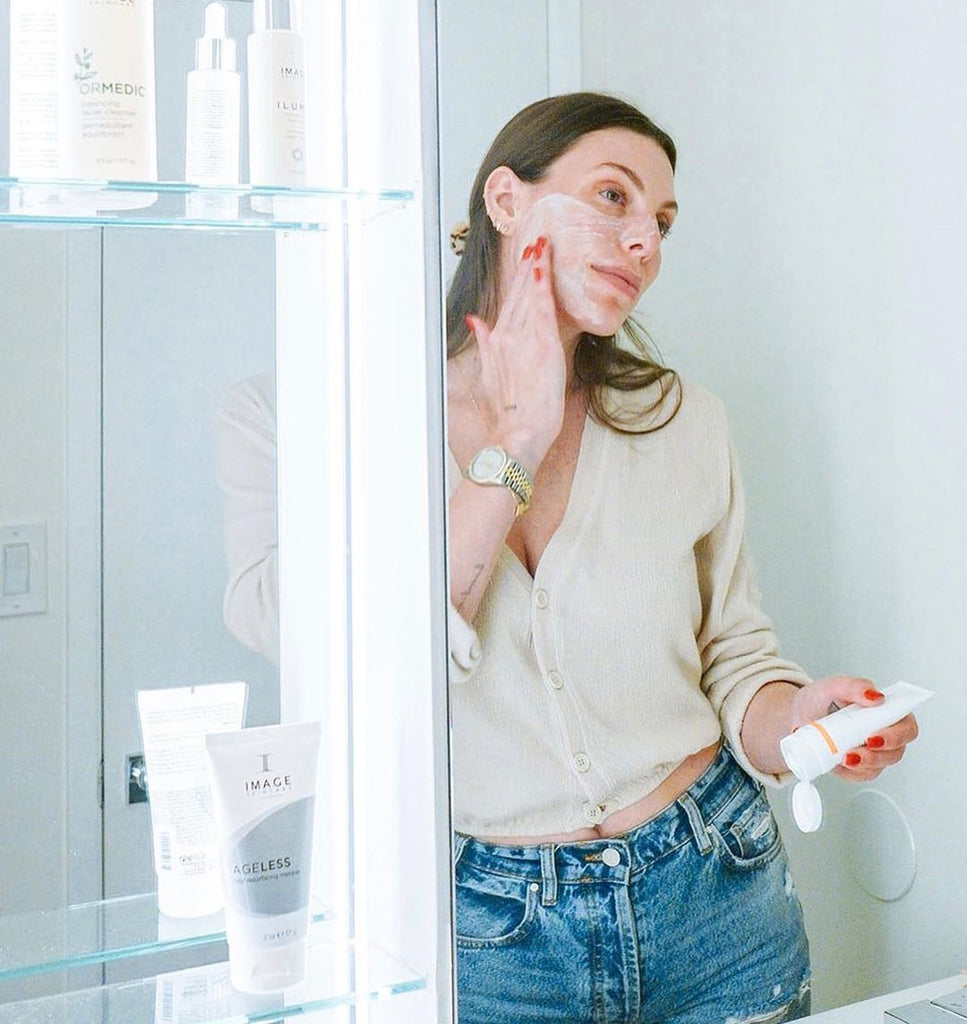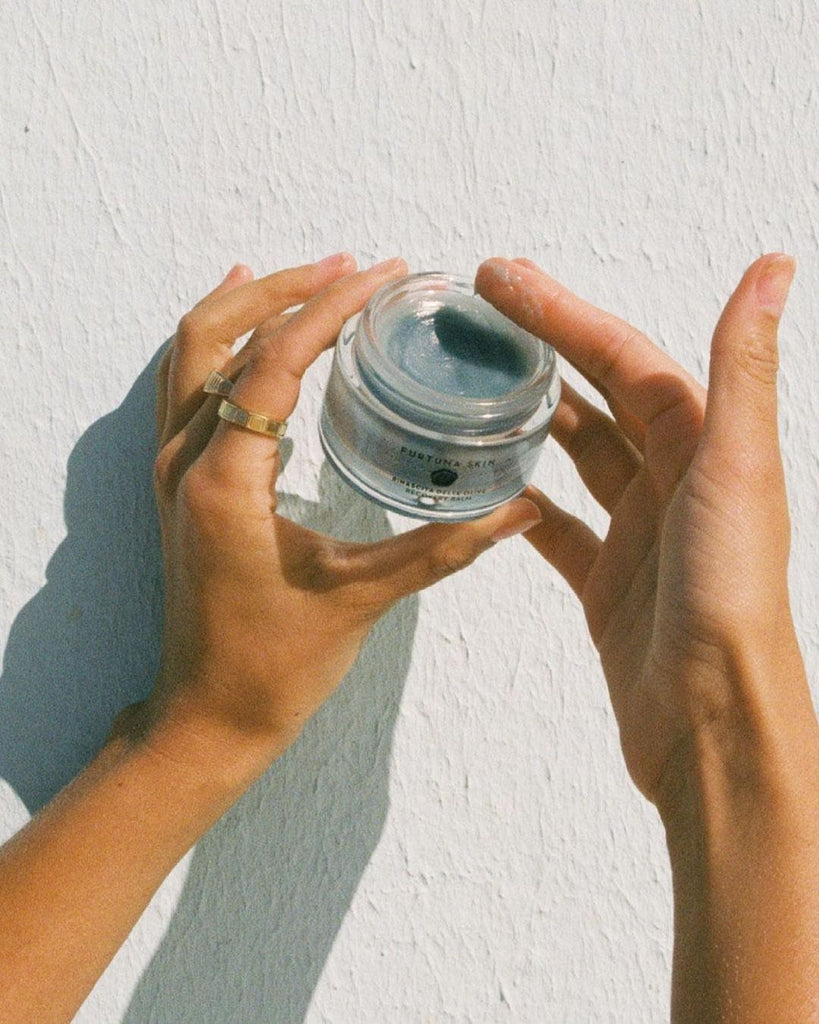For centuries, the olive has been a gift from nature that keeps on giving. It adds flavor to our favorite dishes, nourishes our bodies with rich omega-3 fatty acids, provides just enough twist to an otherwise mundane martini, and has proven to be an essential ingredient in our beauty products. Today we’re delving into how the various parts of an olive are used in cosmetics and skincare — including our new MINERALIST Lipsticks — and why this ingredient deserves a standing ovation.
OLIVE LEAF, OIL & OLIVE-DERIVED SQUALANE
In terms of modern-day beauty formulations, there are three skincare ingredients from the olive plant to note: the leaf, the oil and olive-derived squalane. Here are bareMinerals, we use all three.
OLIVE LEAF EXTRACT
Though the oil and squalene derived from the fruit are more commonly found in beauty products, the leaf extract also has its share of benefits. This oily substance contains a high level of antioxidants to defend against environmental stressors. It may also help promote a more radiant complexion. For these reasons, you’ll often find this ingredient in products like our BRILLIANT FUTURE Age Defense Serum and Eye Cream, which fights early signs of aging while renewing your skin’s healthy glow.
OLIVE OIL
This hearty ingredient is typically found in creams, moisturizers and sunscreens, and is prized for being rich in protective, skin-nourishing vitamins and antioxidants. It’s also known to be effective in soothing dry skin, improving the skin’s barrier function and seriously hydrating.
Olive oil can also improve the texture and overall formulation of a cosmetic. For instance olive-derived emollient is a hero ingredient in our new MINERALIST Hydra-Soothing Lipstick. All 25 of these nature-inspired shades are made with only 19 ingredients (a whopping 40% less than traditional formulations*), including naturally derived extracts, sea buckthorn fruit oil, and of course, olive oil. The oil in this lipstick makes for twice the rich color, in just one swipe.**
OLIVE-DERIVED SQUALANE
If you’ve done any digging into what olive-derived squalane is, you’ve undoubtedly come across two different spellings: squalene versus squalane. Though a subtle difference, that “e” versus “a” is huge.
“Squalene with an ‘e’ is the biological lipid produced by the skin,” notes celebrity facialist Candance Marino. She explains that our sebaceous glands — AKA pores — naturally produce squalene in our sebum, and it helps nourish, protect and hydrate our skin. Unfortunately, as we age, we produce less squalene and therefore need to get it from elsewhere.
One of the best sources of plant-derived squalene is, you guessed it, olives. Other common plant sources include rice, sugarcane and grapes.
So, how do we get from the ‘e’ to the ‘a’? Through a little process called hydrogenation that stabilizes the ingredient and prevents it from oxidizing.
“Since plant-derived squalane does not go through oxidization, it has a longer shelf life,” says Dr. Michele Green, a board-certified cosmetic dermatologist. She adds, “The most common type of squalane is extracted from olives because it’s able to penetrate the skin more rapidly. Olive squalane is also colorless, odorless and very light for the skin.”
Plant-sourced squalane essentially mimics what our body naturally produces. That means that when it’s applied to our skin, it lubricates, hydrates, nourishes in a very similar way. And that’s exactly why it’s key to COMPLEXION RESCUE Tinted Moisturizer and Foundation Stick, two multi-tasking fan favorites for getting hydration, coverage and SPF in one step
(One thing we’d like to note is that there is a difference between olive oil and squalane. While olive oil contains squalene, the two are not one-in-the-same. The squalene is extracted during the oil refinement process and then hydrogenated to become squalane. As outlined above, this makes the squalene-turned-squalane more potent and stable.)
BOTTOM LINE ON OLIVES
Though squalane is a relatively new invention that came about in the 1950s, olive oil has ancient roots in beauty and skincare. Today we’re lucky to have high-tech (and animal friendly!) purification and hydrogenation techniques that allow us to enjoy the olive more than ever before. We’ll toast a martini to that!
*Based on average number of base ingredients for NPD US top 20 lipsticks (12 months ending September 2019)
**Based on an instrumental study vs. similar lipsticks without olive oil
This article was originally published on bareminerals.com.



